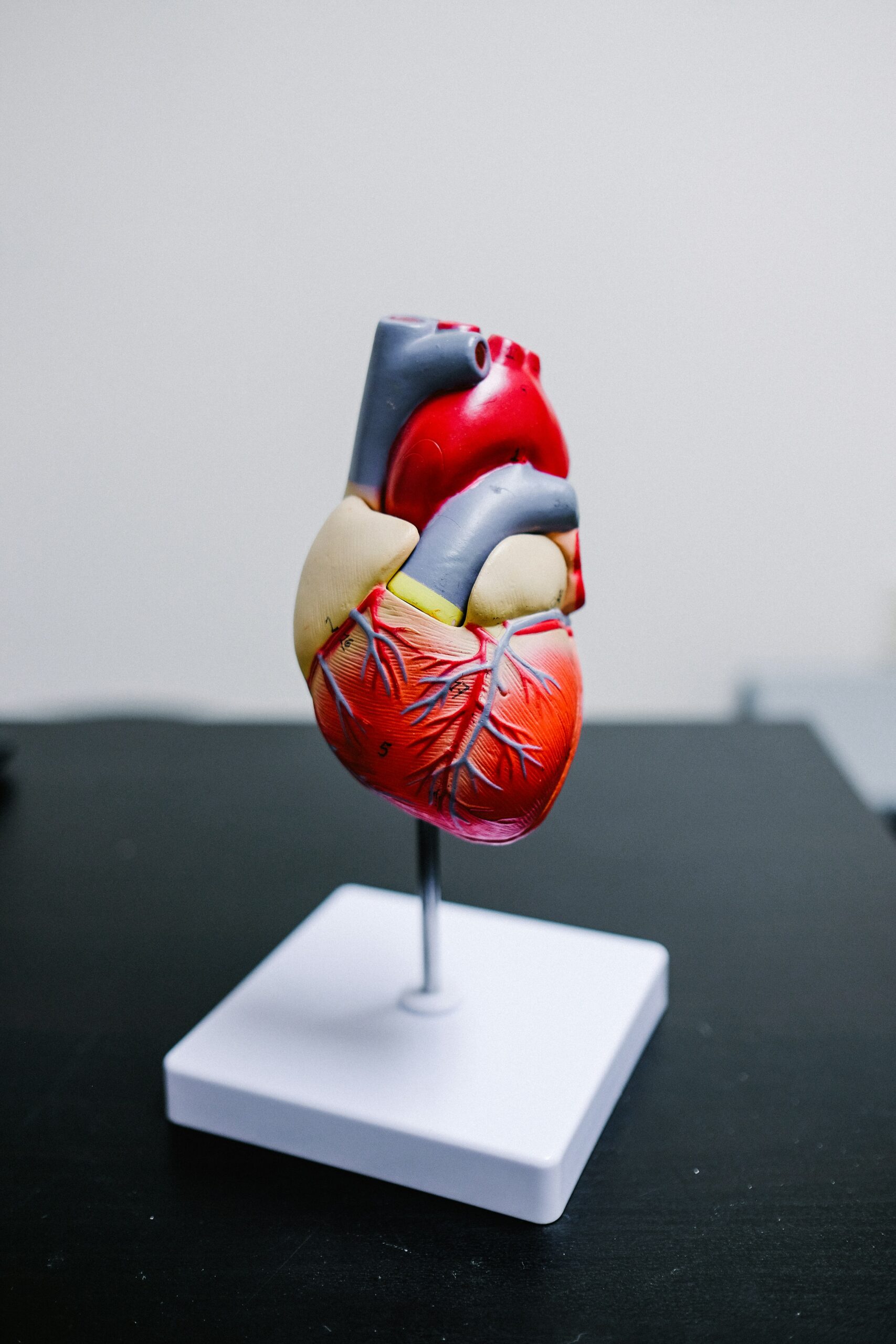
What is Anemia?
Anemia is a common blood disease that affects many children worldwide. It occurs when there are not enough healthy red blood cells to carry adequate oxygen to the body’s tissues. In children, anemia can lead to fatigue, weakness, and developmental delays if left untreated. Recognizing the signs early is crucial for effective management.
Types of Anemia in Children
There are several types of anemia that can affect children, with iron-deficiency anemia being the most prevalent. Iron is a vital nutrient for the production of hemoglobin, the protein in red blood cells that transports oxygen. Other forms include vitamin B12 deficient anemia and anemia of chronic disease. Each type requires a different approach to treatment and management.
Symptoms and Diagnosis
Parents should be aware of the common symptoms associated with anemia in children, such as pallor, dizziness, frequent headaches, or shortness of breath during normal activities. If you notice these signs, it is important to seek medical advice. A healthcare provider will typically perform blood tests to confirm anemia and determine its underlying cause, allowing for a targeted treatment plan.
Managing anemia involves a combination of dietary changes, supplements, and in some cases, medical treatments. By addressing the issue promptly, we can help ensure that children lead healthier, more active lives. Awareness of anemia and other blood diseases is essential in safeguarding children’s well-being.
Anemia is a common blood disorder in children, characterized by a decrease in the number of red blood cells or the amount of hemoglobin in the blood. Hemoglobin is a protein in red blood cells that carries oxygen to different parts of the body.
Types of Anemia in Children:
- Iron-Deficiency Anemia: The most common type of anemia in children, caused by a lack of iron in the diet.
- Vitamin Deficiency Anemia: Caused by a lack of vitamins like vitamin B12 or folate.
- Sickle Cell Anemia: A genetic disorder that affects the shape of red blood cells.
- Thalassemia: A genetic disorder that affects the production of hemoglobin.
- Anemia of Chronic Disease: Caused by chronic diseases like kidney disease or rheumatoid arthritis.
Causes of Anemia in Children:
- Poor Diet: A diet lacking essential nutrients like iron, vitamin B12, or folate.
- Chronic Diseases: Chronic diseases like kidney disease, rheumatoid arthritis, or cancer.
- Genetic Disorders: Genetic disorders like sickle cell anemia or thalassemia.
- Infections: Certain infections like malaria or tuberculosis.
- Blood Loss: Blood loss due to injury or surgery.
Symptoms of Anemia in Children:
- Fatigue: Feeling tired or weak.
- Pale Skin: Pale skin or a yellowish tint.
- Shortness of Breath: Shortness of breath or rapid heartbeat.
- Headaches: Headaches or dizziness.
- Poor Appetite: Poor appetite or weight loss.
Diagnosis of Anemia in Children:
- Complete Blood Count (CBC): A CBC test measures the number of red blood cells, white blood cells, and platelets.
- Blood Smear: A blood smear test examines the shape and size of red blood cells.
- Iron Studies: Iron studies measure the level of iron in the blood.
- Vitamin B12 and Folate Levels: Measuring the levels of vitamin B12 and folate in the blood.
Treatment of Anemia in Children:
- Iron Supplements: Iron supplements are prescribed to increase iron levels.
- Vitamin Supplements: Vitamin supplements like vitamin B12 or folate may be prescribed.
- Dietary Changes: Dietary changes like increasing iron-rich foods or vitamin B12-rich foods.
- Blood Transfusions: Blood transfusions may be necessary in severe cases of anemia.
- Addressing Underlying Conditions: Treating underlying conditions like chronic diseases or infections.
